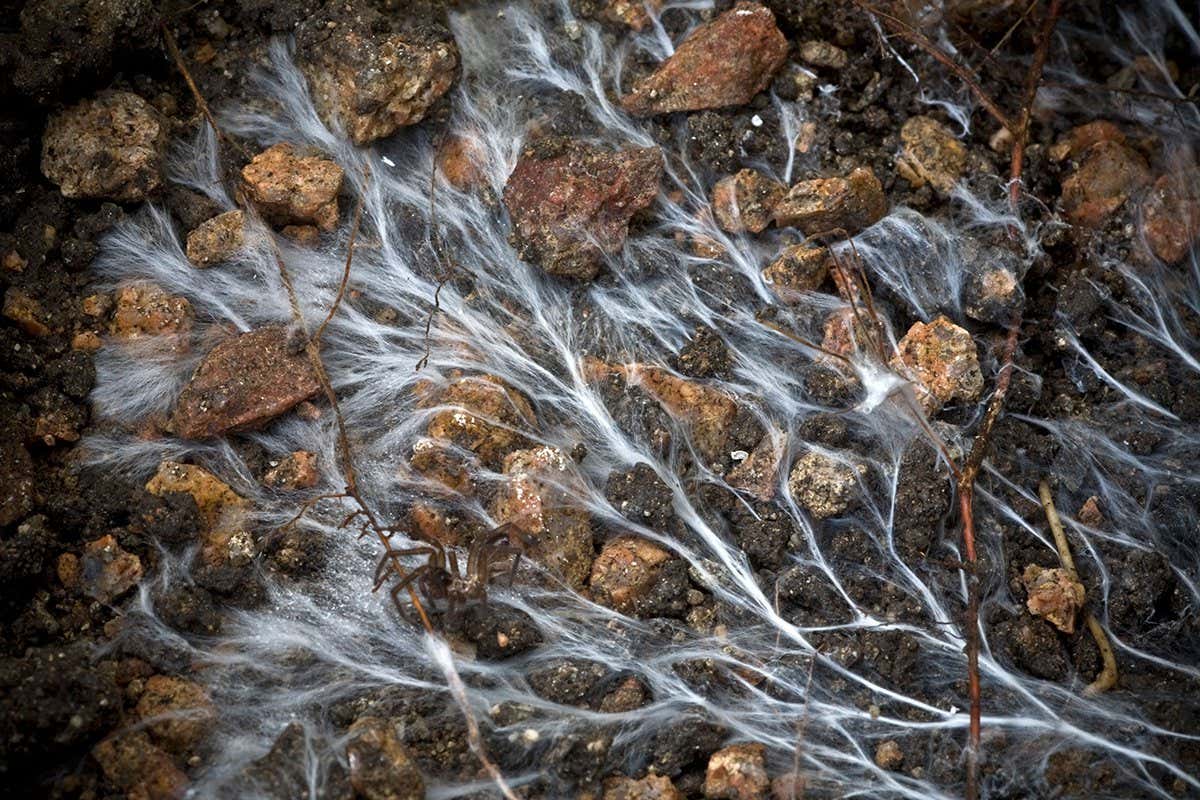Wild Fungi: A Carbon Sequestration Solution?
The world is grappling with climate change, and the urgent need to reduce atmospheric carbon dioxide is undeniable. While many solutions focus on large-scale technological interventions, a fascinating possibility lies in the often-overlooked world of wild fungi. Could these incredible organisms hold the key to a significant carbon sequestration solution? Recent research suggests a compelling "yes," but more investigation is needed to unlock their full potential.
The Mycorrhizal Network: Nature's Underground Carbon Sink
Fungi, particularly mycorrhizal fungi, form symbiotic relationships with plant roots. These intricate networks, extending vast distances underground, play a crucial role in the carbon cycle. Mycorrhizal fungi act as a bridge, transferring carbon from plants to the soil, where it's stored long-term. This process is significantly more efficient than the direct transfer of carbon from plant roots to the soil alone.
- Enhanced Carbon Storage: Studies show that mycorrhizal fungi can significantly increase the amount of carbon stored in soil. This is achieved through several mechanisms, including the formation of stable soil aggregates and the production of glomalin, a glycoprotein known for its carbon-binding properties.
- Improved Soil Health: Beyond carbon sequestration, the presence of a healthy mycorrhizal network contributes to overall soil health, improving water retention, nutrient cycling, and plant resilience. This creates a positive feedback loop, enhancing the long-term carbon storage capacity of the ecosystem.
- Biodiversity is Key: The diversity of fungal species within an ecosystem is directly correlated with the efficiency of carbon sequestration. Protecting and promoting biodiversity, therefore, is crucial for maximizing the benefits of this natural process.
Challenges and Opportunities in Harnessing Fungal Carbon Sequestration
While the potential of wild fungi as a carbon sequestration solution is exciting, several challenges remain:
- Quantifying Carbon Sequestration: Accurately measuring the amount of carbon sequestered by mycorrhizal networks across various ecosystems is a complex task, requiring advanced research techniques.
- Land Management Practices: Sustainable land management practices are essential to protect and promote the growth of mycorrhizal fungi. Practices like minimizing tillage, avoiding the use of harmful chemicals, and promoting diverse plant communities are crucial.
- Further Research: More research is needed to fully understand the mechanisms of fungal carbon sequestration, identify the most effective fungal species, and develop strategies for enhancing their activity in different environments.
The Future of Fungal Carbon Sequestration
The potential of wild fungi to contribute significantly to climate change mitigation is substantial. While not a silver bullet solution, integrating fungal-based carbon sequestration strategies into broader climate action plans could yield significant benefits. This involves:
- Investing in research: Further research is essential to understand the full potential of mycorrhizal fungi and optimize their role in carbon sequestration.
- Promoting sustainable land management: Protecting and restoring ecosystems that support diverse fungal communities is paramount.
- Integrating fungi into broader climate strategies: Recognizing the role of fungi in carbon sequestration is vital for developing effective and holistic climate change solutions.
Conclusion:
The intricate world of wild fungi offers a fascinating and potentially powerful approach to combating climate change. While challenges remain, the potential benefits of harnessing the carbon sequestration capacity of mycorrhizal networks are significant. By investing in research and implementing sustainable land management practices, we can unlock the full potential of this natural solution and contribute towards a more sustainable future. Further research in this field is crucial to understanding the full potential and scaling up these natural solutions for effective carbon sequestration.

